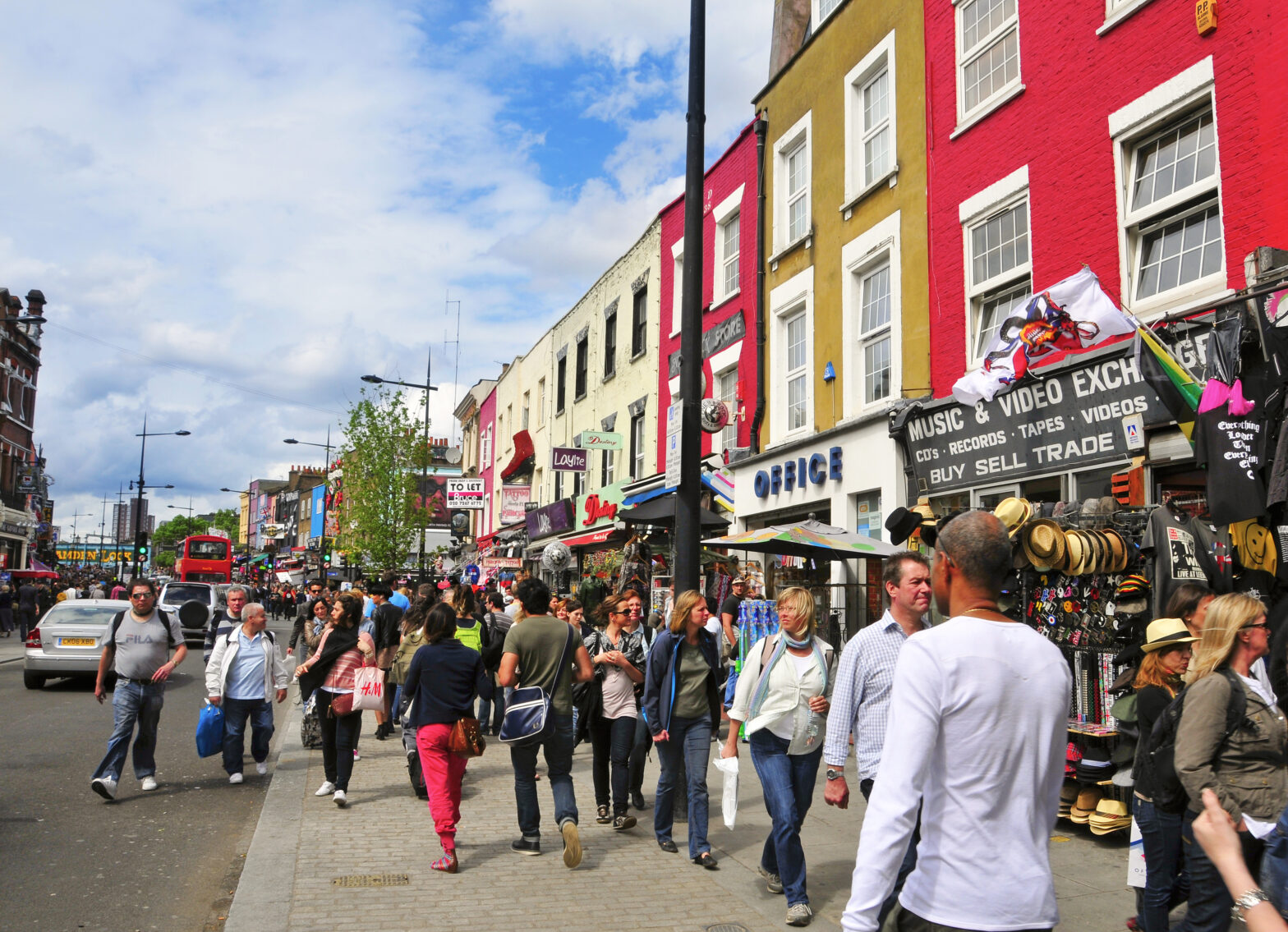Jessops, Blockbusters, HMV and Comet have all gone to the wall recently, prompting headlines declaring the death of the British high street.
But Scott Dacko, associate professor of marketing and strategic management at Warwick Business School, says the performance of Primark and Argos has shown that there is still life in many brick and mortar retailers yet as long as they adapt quickly enough.
Even though more and more people shop online, Dacko doesn’t believe the high street will soon become deserted. While for many retailers a strong online presence will be imperative, he says high street shops in one form or another will still be around.
‘The recent results we are seeing from retailers are part of the gradual transformation of the high street,’ says Dacko. ‘Increasingly, businesses will have to provide a seamless online and offline experience for the shopper. They also need to make sure people have a reason to go into their shops by offering unique value. That could be exceptionally strong value such as from 99p Stores or Iceland or in providing the most delightful of shopping experiences.’
‘But I also think over the very long term a number of shops will increasingly become like hubs or depots where it is convenient for people to pick up orders placed online, and clearly we are seeing that ‘click and collect’ is growing in use.’
Dacko believes retailers have to be smart as well as nimble in their dealing with three sources of competition that have hit the high street.
‘The first are the online players, like Amazon, with their lower relative costs and prices.The high street has to deal with high fixed costs and higher labour bills, which, for example, put HMV at a competitive disadvantage.
‘These online companies have lower costs and a well-developed system for providing customers with what they need.’
Dacko adds that the second source of competition are the stores offering a wide range of markedly lower-priced, very good value items and with the tough economic conditions, more and more consumers are migrating to them.
‘We have seen Sainsbury’s and Tesco struggle as Aldi and Lidl have gained ground in the food market. The strong results from Primark fit into this category. And then, too, there is part migration by some mainstream consumers to the high end of the market, as they periodically look to enjoy higher quality goods and superior in-store shopping experiences. This is how Waitrose is doing so well.’
See also: Why an integrated epos is fundamental to retailers today





